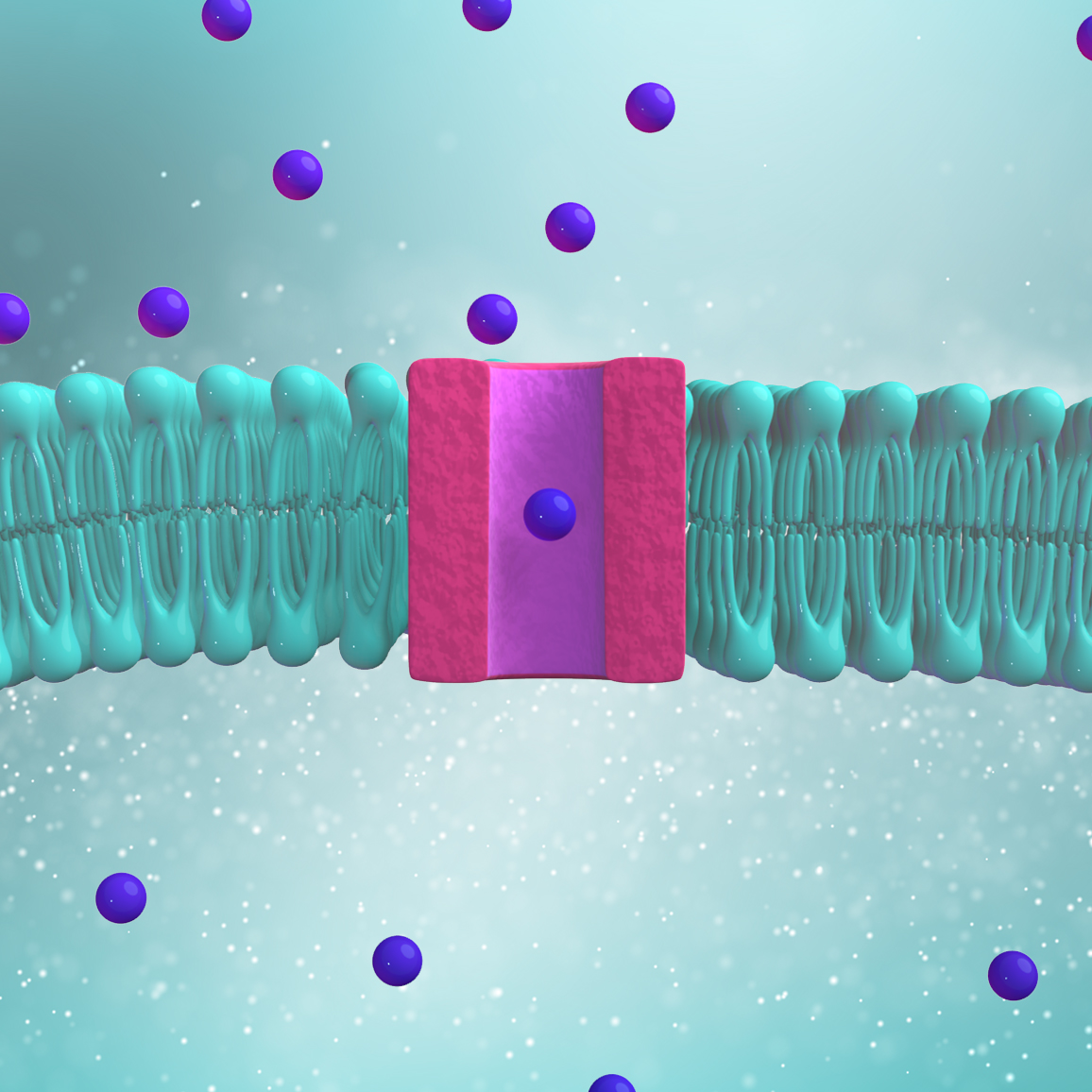
Voltage-Gated Sodium Channel Modulators | Alomone Labs

Voltage-gated sodium (Nav) channels are transmembrane proteins that are crucial to numerous biological functions. Nav channels are responsible for initiating membrane depolarization and the generation and propagation of action potentials, playing an especially critical role in generating action potentials in excitable cells such as neurons and muscle cells.
Read More...
These, in turn, lead to responses such as the release of neurotransmitters or muscle contraction.
Nav channels possess two gates that work together to regulate cell depolarization in a controlled manner. The activating gate opens in response to voltage changes, allowing sodium influx and cell depolarization, while the inactivating gate closes to stop sodium flow after a few milliseconds, even in cases of persistent stimulation. The channel remains inactive until the cell repolarizes to a threshold voltage, preventing unimpeded depolarization. Nav channels need to interact with various cellular proteins to function correctly, including those in the membrane, extracellular matrix, and cytoskeleton. Mutations in these proteins can result in adverse clinical outcomes, as the integrity of the entire complex is essential for proper channel function. Dysregulation of Nav channels is associated with various disease states, including neuropathic pain, epilepsy, migraine, neurodegenerative and cardiovascular diseases, and psychiatric disorders.
Sodium channel modulators are compounds that can interact with Nav channels and either enhance or inhibit their activity, having a direct impact on the electrical excitability of cells. Sodium channel modulators exert their effects by binding to specific Nav channel sites. The interaction between sodium channel modulators and these binding sites determines the modulatory effects on Nav channel activity. Sodium channel modulators can either enhance (agonists) or inhibit (antagonists) the function of Nav channels.
Sodium channel blockers are compounds that selectively inhibit Nav channel function, reducing or preventing the influx of sodium ions. This inhibition prevents the generation of action potentials and suppresses cellular excitability. Sodium channel blockers have significant therapeutic implications in medicine, being commonly used in the treatment of various conditions such as cardiac arrythmias, epilepsy, neuropathic pain, and local anesthesia.
Sodium channel blockers can exhibit selectivity for specific subtypes of sodium channels, which are present in different tissues throughout the body. This selectivity allows for the development of drugs that can target specific conditions or tissues while minimizing unwanted side effects. By selectively targeting sodium channels, these drugs can help normalize electrical signaling, control abnormal neuronal activity, and alleviate pain.
Some sodium channel blockers that are commonly used as local anesthetics include lidocaine, tetracaine, and bupivacaine. These compounds bind to specific sites within sodium channels, blocking sodium ion influx and preventing nerve impulse generation and conduction.
Ongoing research in the field of sodium channel modulators holds promise for further advancements in understanding and utilizing sodium channel modulators and blockers as therapeutic treatments. Alomone Labs offers a range of products for targeting Nav channels, including antibodies, toxins, and small molecules.
Tips
Dynamic Tips Lorem ipsum dolor sit amet, consectetur adipiscing elit. Ut elit tellus, luctus nec ullamcorper mattis, pulvinar dapibus leo.